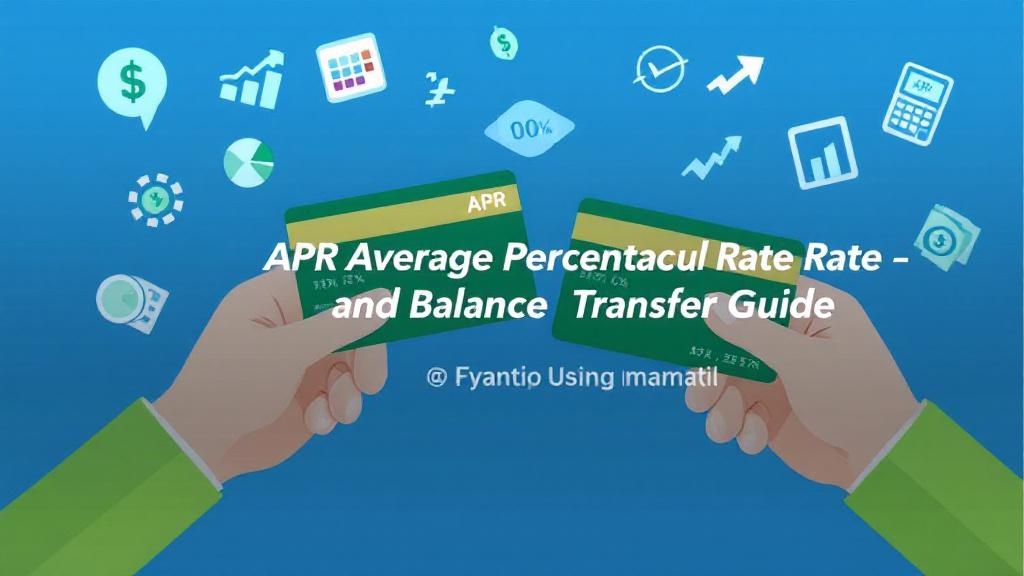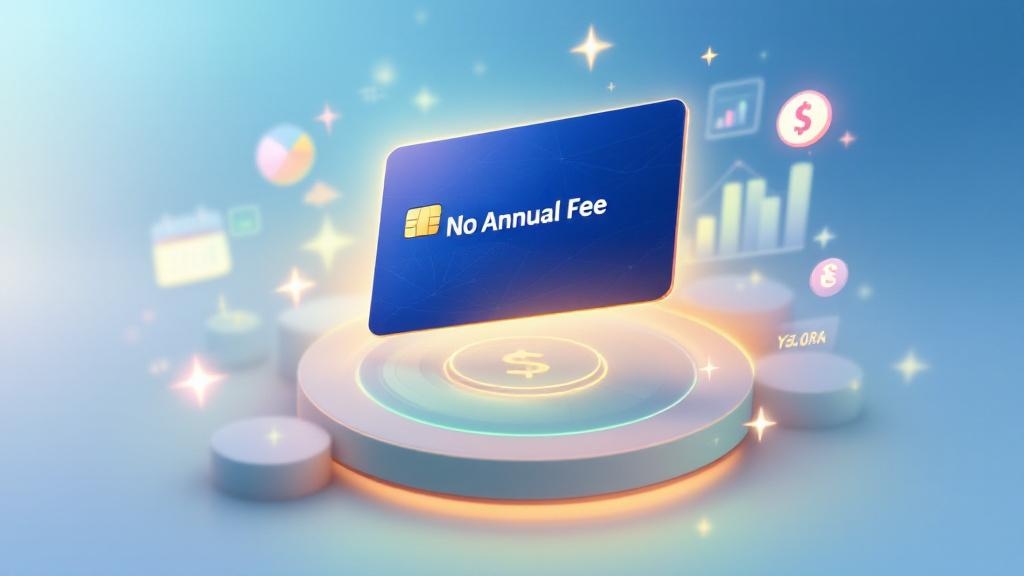If you’ve ever struggled with high-interest credit card debt, you’ve probably heard of a balance transfer. But how exactly does it work—and more importantly, when does it make sense to use one? In this complete guide, we’ll walk you through the ins and outs of balance transfers, how they relate to APR average percentage rate, and when choosing this strategy can actually save you money.
💡 What Is a Balance Transfer?
A balance transfer is the process of moving debt from one credit card (usually with a high APR) to another card—often one that offers a low or 0% introductory APR. This can help you consolidate debt and save on finance charges if used correctly.
How It Works
-
You apply for a balance transfer credit card
-
Transfer your existing credit card debt to this new card
-
Pay little to no interest during the promotional period (usually 6–21 months)
-
Repay your debt faster without accruing more interest
Real-Life Example:
Let’s say you owe ₹1,00,000 on a credit card with a 24% APR. If you qualify for a 0% balance transfer card for 18 months, you could save over ₹18,000 in interest—assuming you pay off the full balance during the promo period.
📊 Understanding APR: Average Percentage Rate Explained
The APR average percentage rate is the cost of borrowing expressed as a yearly rate. It includes not only the interest rate but also any credit card fees or loan charges, making it a more accurate representation of the true cost of a loan or credit card.
APR Definition
APR (Annual Percentage Rate) = Interest Rate + Fees
It represents the annual cost of funds over the term of a loan or credit.
Types of APR
-
APR for Credit Cards: Varies based on creditworthiness and lender policies.
-
APR for Mortgages: Includes interest, broker fees, and closing costs.
-
APR for Personal Loans: Depends on the loan amount and term.
-
APR for Auto Loans: Includes dealership and lender financing charges.
🔎 APR vs Interest Rate: What’s the Difference?
Many people confuse APR with interest rate, but they’re not the same.
| Term | What It Covers |
|---|---|
| Interest Rate | Just the cost to borrow money |
| APR | Interest + additional loan fees |
Knowing the difference is crucial when comparing offers. For example, a personal loan with a low interest rate but high processing fees might actually have a higher APR than a loan with a slightly higher interest rate but no fees.
📈 Average APRs Across Financial Products (2025 Update)
Understanding the average APR helps you evaluate how competitive your current rates are.
| Loan Type | Average APR (2025) |
|---|---|
| Credit Cards | 20.5% |
| Personal Loans | 11% – 16% |
| Auto Loans | 6% – 9% |
| Mortgages | 7% – 8.5% |
Your credit score, loan terms, and monthly payments will all impact the actual APR you’re offered.
🔄 When Does a Balance Transfer Make Sense?
A balance transfer can be a smart financial move in specific scenarios:
✅ When You Have High-Interest Credit Card Debt
If your current card charges over 20% APR, a 0% balance transfer card could significantly reduce your debt burden.
✅ When You Can Pay Off the Balance During the Promo Period
These offers only work if you avoid interest altogether by paying off the balance before the 0% APR expires.
✅ When You’re Avoiding New Purchases
Most balance transfer cards charge standard APR on new purchases. To stay debt-free, avoid using the card for shopping.
✅ When the Transfer Fee is Worth It
Most cards charge 2%–5% as a balance transfer fee. Do the math to ensure your interest savings outweigh this fee.
⚠️ When a Balance Transfer Might Not Be the Right Move
-
You don’t have a solid repayment plan
-
Your credit score is too low to qualify
-
The transfer fee is too high
-
You’ll be tempted to rack up more debt
📐 How to Calculate APR on a Credit Card
To understand your true cost of borrowing, here’s a simple formula:
APR = (Periodic Interest Rate × Number of Periods in a Year) + Fees
Let’s say your card has a 1.5% monthly interest rate and ₹500 in annual fees.
APR = (1.5% × 12) + applicable fees = 18% + fees
💳 Choosing the Right Balance Transfer Credit Card
Look for cards that offer:
-
0% APR for at least 12 months
-
Low or no balance transfer fee
-
No annual fee
-
Rewards or perks (if you’re disciplined)
✅ Pros and Cons of Balance Transfers
✔️ Pros
-
Save on interest
-
Consolidate multiple debts
-
Simplify monthly payments
-
Boost credit score (if used wisely)
❌ Cons
-
Temporary benefit
-
May require good-to-excellent credit
-
Transfer fees can add up
-
High interest after intro period
💡 Expert Tip: Use Balance Transfers Strategically
If done right, balance transfers are a short-term tool for a long-term goal: becoming debt-free. But they aren’t a cure-all. Make sure you’re not just moving your debt around—use the lower APR period to knock it out completely.
🙋♂️ FAQs About APR and Balance Transfers
1. What is the average APR for credit cards in 2025?
The average APR for credit cards in 2025 is around 20.5%, though it varies based on credit profile and the card issuer.
2. How does APR affect my monthly payments?
Higher APR means more interest added to your balance, increasing your monthly payments. A lower APR reduces your monthly interest cost.
3. What does APR mean on a loan?
The APR meaning on a loan is the total annual cost you’ll pay, including interest and fees. It helps compare loans beyond just the interest rate.
4. Is APR the same as interest rate?
No. The interest rate is just the borrowing cost, while the APR includes fees and provides a full picture of borrowing costs.
5. Can a balance transfer hurt my credit score?
Temporarily, yes—applying for a new card results in a hard credit inquiry. But over time, paying down your debt can improve your credit score.
6. What are the best APR comparison tools?
Look for trusted websites like NerdWallet, BankBazaar, or Credit Karma to get an APR comparison based on your profile.
7. Is a 0% APR credit card really interest-free?
Yes, but only during the introductory period. After that, the standard APR applies. Always read the fine print.
🔚 Conclusion: Use APR Knowledge to Take Control of Debt
Understanding the APR average percentage rate and how balance transfers work gives you a financial edge. Whether you’re trying to escape high credit card fees or reduce your loan interest rates, using this strategy at the right time can help you get ahead.
Just remember: it only works if you’re disciplined, have a plan, and commit to debt consolidation—not just debt reshuffling.








Comments (0)